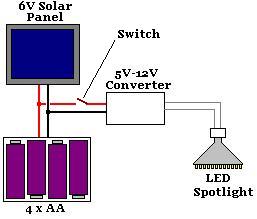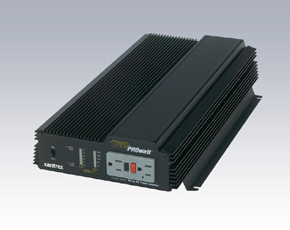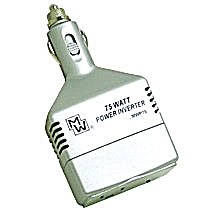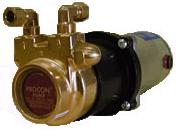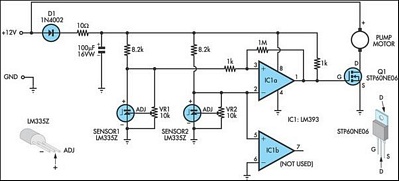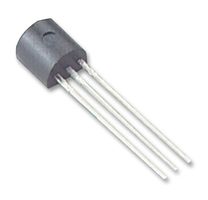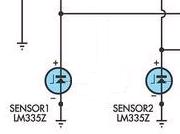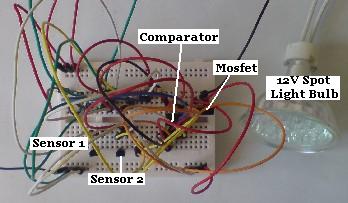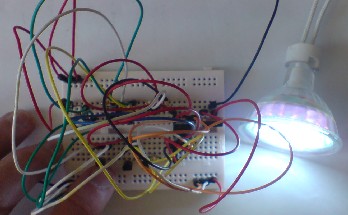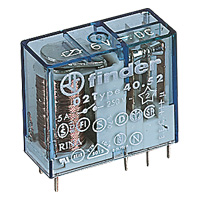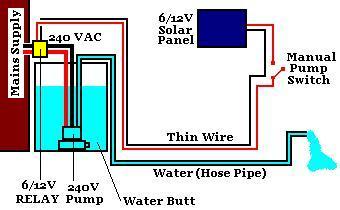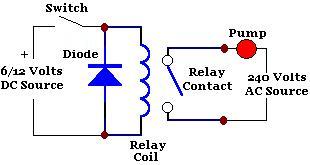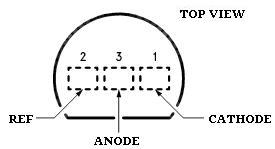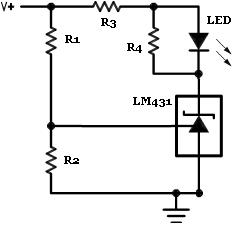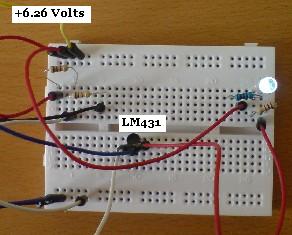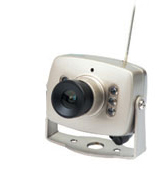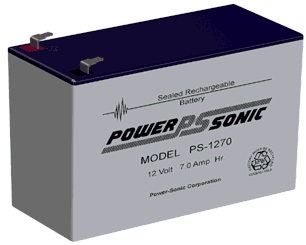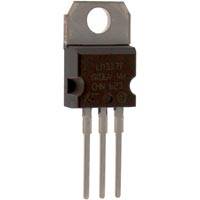WASHINGTON — As new high-definition televisions fly off store shelves, millions of old sets soon could be flying into the trash.
A major change to broadcast television in 2009 — the conversion from analog signals to all digital — is expected to send many Americans to the store for new TV sets. That could mean a flood of outdated TVs, which contain lead-encased picture tubes and other hazardous material, heading into landfills.
"There's going to be an e-waste tsunami that hits America," said John Shegerian, chief executive of Electronic Recyclers in Fresno, California's largest electronics recycler.
Lawmakers and environmentalists already are concerned about the amount of technology waste — laptops, iPods, printers and other gear — in dumps.
So far, TVs have been less likely to end up in landfills than other electronics, recycling experts say.
Although cellphones, computers and other gadgets generally get thrown out or given away when people upgrade, TVs tend to hang around the house if they still work. They're used to play video games or to watch DVDs, or they get plugged into the cable system or hooked to rabbit ears to serve as an extra set.
The latest U.S. census figures indicate that the average household had 2.5 television sets in 2004, a 25 percent increase since 1990. In all, there were 268 million TV sets.
"There's a lot of different uses," said Parker Brugge, environmental counsel with the Consumer Electronics Association. "That's why the number of televisions in consumers' households keeps going up."
But the calculus that leads people to hang on to old TVs could change Feb. 18, 2009.
That's the day a federal law will require all TV stations to start broadcasting only in digital. Tens of millions of old analog TVs will need to be hooked to a cable or satellite box, or fitted with a special converter, to display the new signals.
"That conversion is going to trigger the reality that even if it's working, even if I turn it on and the screen lights up, this is a device that's incompatible with the current technology," said Mark Murray, executive director of Californians Against Waste, a Sacramento-based environmental group focused on recycling. "I do think we'll see a wave of new discards."
Issue under study
How big a wave is unclear. "There is going to be an impact, but what the full extent is we're not entirely sure," said Lanny Clavecilla, a spokesman for the California Integrated Waste Management Board, which is studying the issue.
Consumer-electronics manufacturers are trying to stem environmental fallout. As part of its effort to inform the public about the digital-TV transition, the Consumer Electronics Association has touted its recycling Web site, www.mygreenelectronics.org, which helps people find places to drop off old TVs and other devices.
According to a survey last year by the trade group, 19 percent of people threw their old electronics in the trash.
The rest either gave them away (55 percent), recycled them (18 percent) or sold them (7 percent).
Shegerian, the recycler in Fresno, says the number of discarded TVs can only increase, as prices on flat-panel TVs drop and the digital conversion leads more people to upgrade.
"You have a new influx of televisions coming into the solid-waste stream," he said.
The Fresno facility processes more than 5 million pounds a month from municipal and private collection sites. Partly because of the anticipated growth in discarded analog TVs, the company expanded to Massachusetts and expects to open facilities in 10 other states in the next 18 months.
Hazardous materials
The Environmental Protection Agency says older sets contain a host of hazardous materials. Most states ban leaded cathode-ray tubes — the technology used to power those TV sets — from landfills.
Cathode-ray tubes are encased with leaded glass to block harmful X-rays created in the picture-making process from escaping. The average picture tube contains 4 pounds of lead.
There are lead solder and cadmium in circuit boards, mercury in switches and brominates in flame retardants used on plastic casings. If dumped into landfills, those materials could seep into underground water.
Next-generation TVs — plasmas and liquid crystal displays — don't use cathode-ray tubes to display pictures.
Since 2005, to provide money for recycling older sets, California has required people to pay a fee of $6 to $10 when buying a device with cathode ray. The program has led to a boom in electronic-waste recyclers.
Earlier last month Minnesota enacted an even tougher law, requiring manufacturers to recycle 60 percent of the weight of the electronics they sell in the state, rising to 80 percent the second year the measure is in effect.
Spreading burden
Manufacturers want the burden of recycling TVs and other electronics to be spread among retailers and consumers, and they would prefer a single nationwide standard, said Brugge, the Consumer Electronics Association spokesman.
The trade group says there are uses for old analog TVs as viewers upgrade to flat-panel digital sets.
But Murray, of Californians Against Waste, thinks that the more people learn about the digital-TV conversion, the less enamored they will be with keeping old sets around.
"You're going to see people not only going out and buying a new TV and discarding the one in the family room, they're going to discard the one in the basement too," he said. "We don't have to wait for this avalanche to take place in 2009 — it's happening right now."
http://seattletimes.nwsource.com/html/businesstechnology/2003733420_tvlandfill04.html?syndication=rss
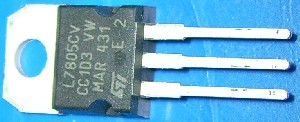

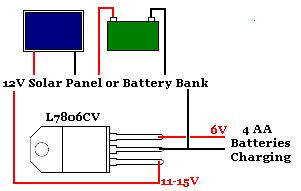
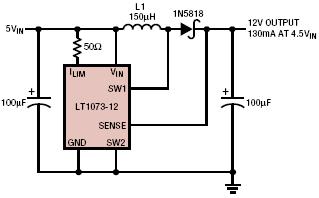
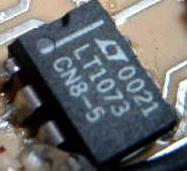
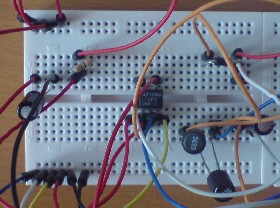 ,
, 